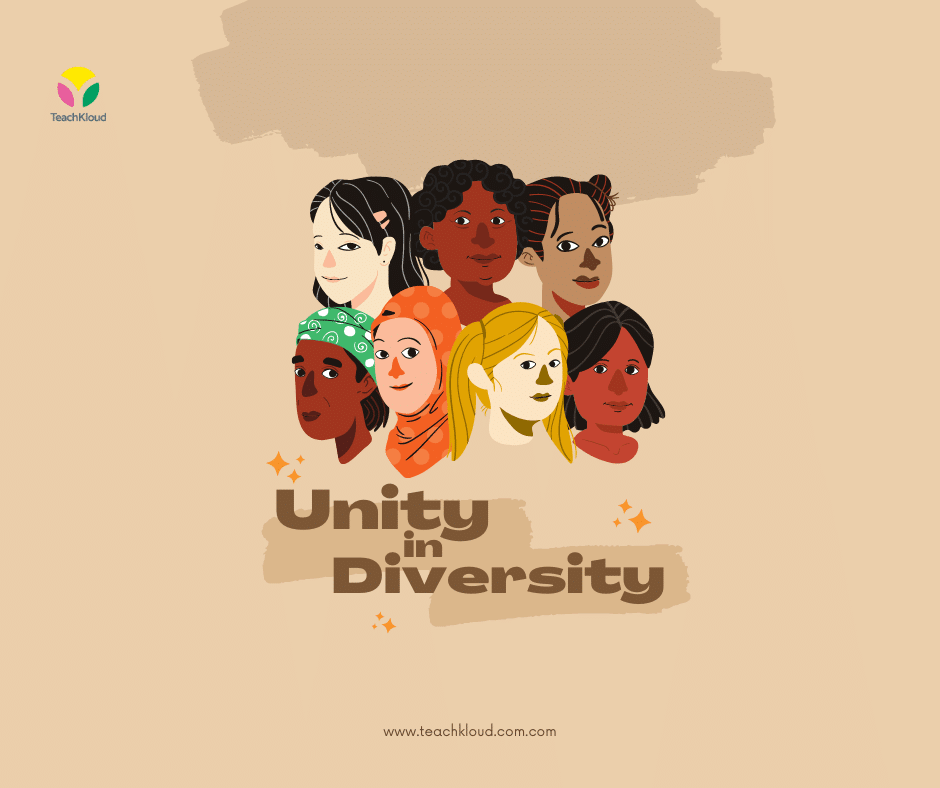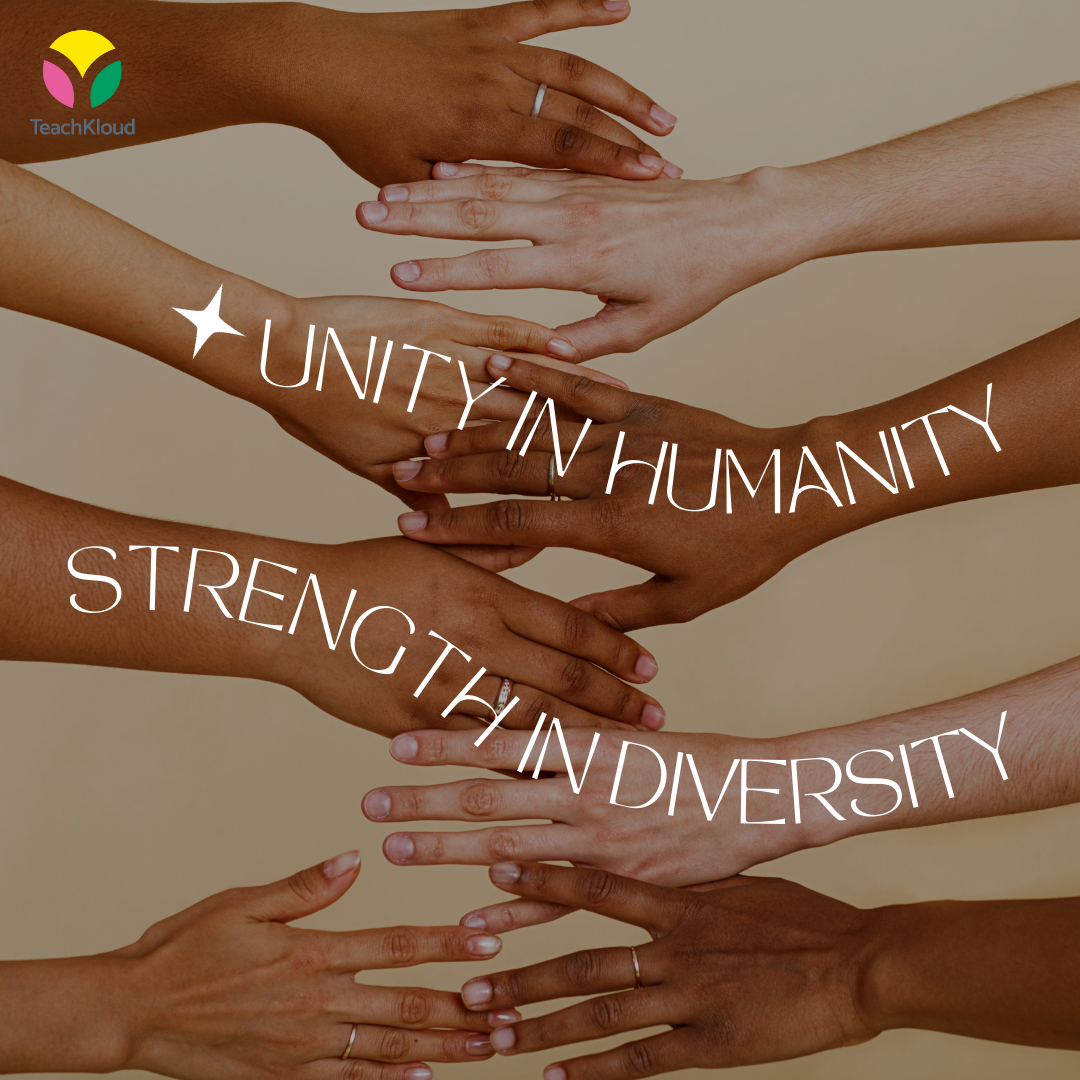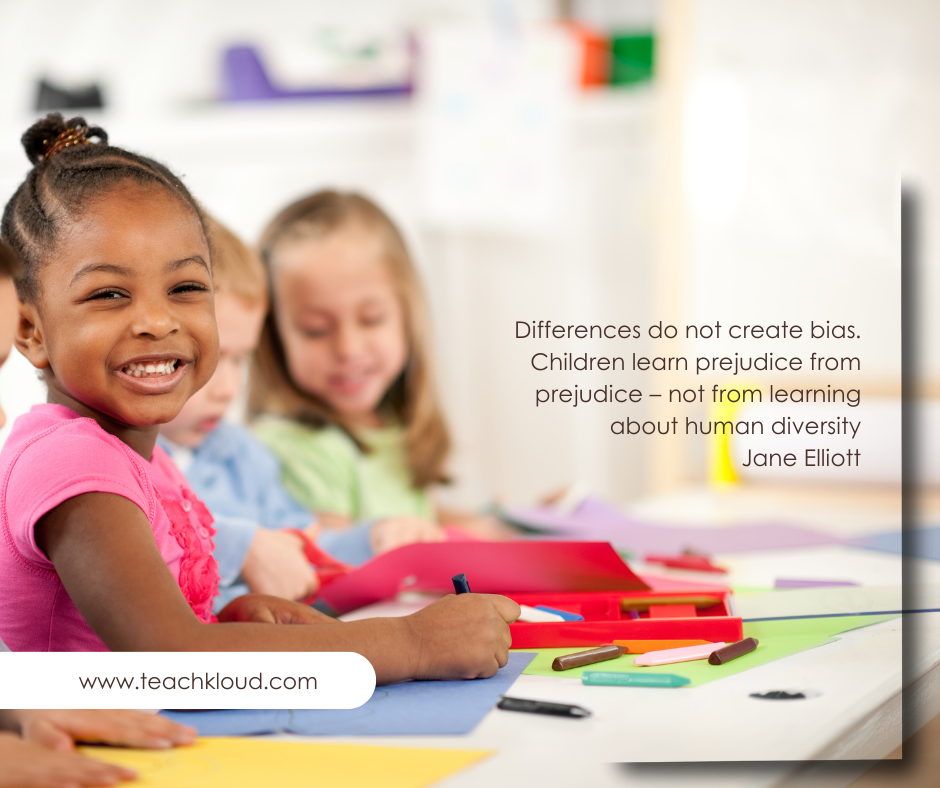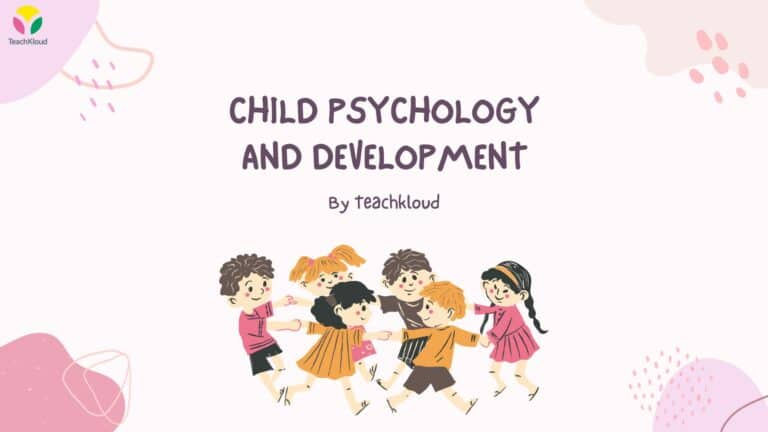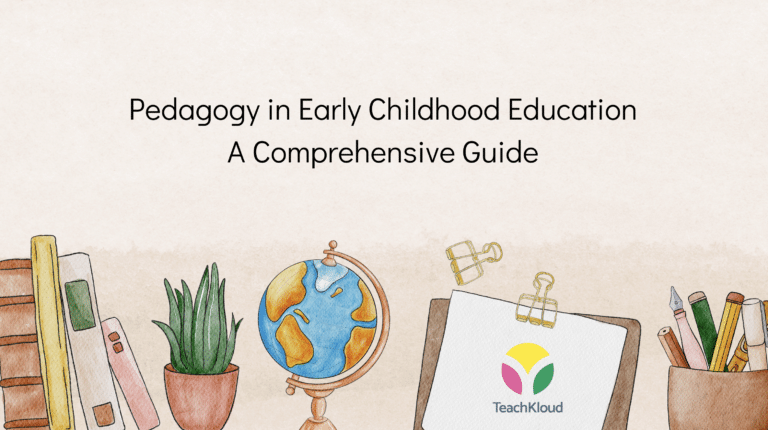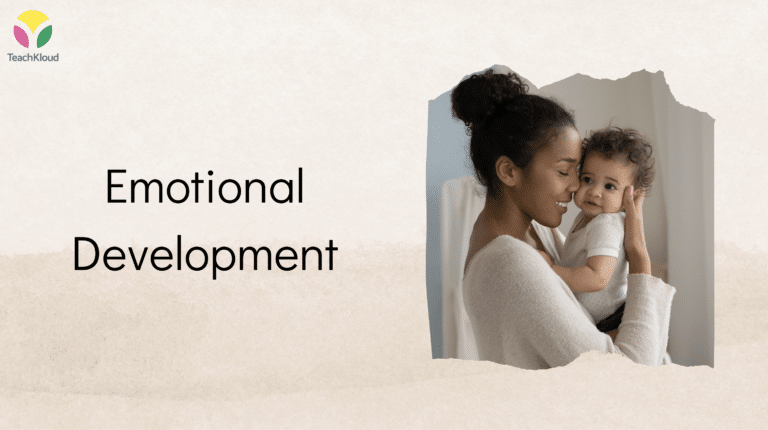The early years of a child’s life are crucial for their development, and as educators, our role is to ensure each and every child has the opportunity to grow in a supportive and nurturing environment. But how can we create a truly inclusive learning experience that embraces diversity, fosters equality, and empowers children to reach their full potential? This blog post delves into the “diversity and equality strategies for early childhood teachers of children aged 3-8 years”, from creating an inclusive learning environment to adapting teaching methods and curricula, engaging with families and communities, and pursuing professional development opportunities.
Key Takeaways
- Create an inclusive learning environment that promotes respect for diversity and equal opportunities. See our CPD masterclass on diversity and equality strategies for anyone working with children here.
- Adapt curriculum and teaching strategies to foster equity, such as differentiated instruction, culturally responsive teaching, UDL & engaging families/communities.
- Prioritise professional development to cultivate cultural competence & reflect on personal biases/beliefs.
Creating an Inclusive Learning Environment
An inclusive learning environment is essential for the healthy development of young children aged 3-8 years, as it allows these young children to cultivate their physical, emotional, and social skills in a secure and supportive children’s atmosphere.
Addressing the physical, emotional, and social aspects of the learning environment, coupled with implementing an anti-bias approach in childcare centres, can foster a space that encourages diversity, understanding, and assists children in their growth to become responsible and empathetic members of society.
Physical Environment
The physical environment of a classroom plays a crucial role in promoting diversity and equality. An inclusive physical environment should be:
- Accessible for all individuals
- Welcoming and engaging
- With clear physical and visual boundaries, that provide a sense of safety and security for every child.
Developing a welcoming and inviting space calls for providing comfortable seating, integrating natural elements, and making resources available that mirror various cultures and abilities. This not only ensures all children feel welcome but also exposes them to a rich tapestry of cultural experiences, promoting understanding and acceptance of differences.
Accessibility is another key component of an inclusive physical environment. Ensuring access and utility of the space for all students, regardless of their abilities, promotes an inclusive and equitable atmosphere. This may involve adapting furniture, providing ramps and handrails, or using visual aids to support children with various needs.
Emotional Environment
An emotionally inclusive environment is one where children feel secure, encouraged, and valued, regardless of their origin or capabilities. Cultivating such an environment necessitates:
- Promoting positive relationships with key adults
- Embracing diversity
- Providing behaviour support
- Offering choices
- Establishing routines
- Acknowledging achievements and efforts
- Validating feelings
Teachers can cultivate a secure and encouraging atmosphere by:
- Establishing a consistent and predictable environment
- Speaking positively
- Demonstrating respectful behaviour
- Actively listening to student ideas and opinions
- Providing constructive feedback
- Recognising individual strengths and abilities
By doing these things, teachers can ensure that students feel valued and respected, regardless of their background or abilities. To learn more about the specific strategies watch our 30 minute masterclass for professional development with a certificate for early childhood and primary school educators, click here.
Social Environment
The social environment is another crucial aspect of fostering diversity and equality in early childhood education. By encouraging positive interactions in children, we can help them develop a sense of belonging and cultivate an appreciation of different cultures and perspectives.
Fostering a positive social environment requires providing opportunities for children to interact with each other, encouraging positive behaviour, and modeling appropriate behaviour. By offering chances for students to gain knowledge about different cultures, honouring diversity, and participating in activities that encourage respect and comprehension, teachers can help children develop a deeper understanding of the diverse world around them.
Anti-bias Approach and Anti-bias Goals for Childcare Professionals
Implementing an anti-bias approach in childcare centres is essential to creating an environment free from discrimination and prejudice. The Anti-bias approach facilitates respect for diversity and empowers children to stand-up for justice. The anti-bias approach seeks to counter stereotypes and biases, providing childcare professionals with objectives to foster diversity and equity.
Challenging stereotypes and prejudices can ensure equal opportunities for every child to excel and achieve their full potential, irrelevant of their background or abilities. This approach not only promotes a more inclusive environment but also helps children develop a greater understanding of different cultures and backgrounds.
Pointers for Implementing an Anti-bias Approach in Childcare Centres
Implementing an effective anti-bias approach requires commitment from individual educators and the childcare centre as a whole. Staff training, such as this one, in recognising and challenging stereotypes, promoting diversity and inclusion, and fostering a respectful environment for all children and families is crucial for creating a non-prejudicial atmosphere.
Inclusive policies should encompass:
- Guidelines for creating an environment free from bias and discrimination
- Policies that foster diversity and inclusion
- Policies to ensure that all children and families are treated with respect.
Regular reflection and evaluation, through staff meetings and policy reviews, can help ensure that the anti-bias approach remains at the forefront of the childcare centres priorities.
Adapting Curriculum and Teaching Strategies
Adapting the curriculum and teaching strategies is key to promoting diversity and equality in early childhood education, which in turn, ensures all students can access a high-quality education and realise their full potential.
By implementing differentiated instruction, culturally responsive teaching, and universal design for learning, we can cater to the diverse needs of our students and create an inclusive learning experience for all.
Differentiated Instruction
Differentiated instruction is an approach to teaching, that considers the individual needs of each student, customising instruction to address their learning styles, interests, and abilities. Tailoring teaching methods and materials to accommodate individual learners’ diverse needs can ensure equal opportunities for success and foster a sense of classroom belonging and inclusion.
To facilitate differentiated instruction, teachers can offer multiple levels of instruction, utilise flexible grouping, offer choice in play, homework or assignments and leverage technology to support learning. However, it is essential for teachers to have a comprehensive understanding of their students’ individual needs, a wide range of instructional strategies and materials, and the time and resources to plan and implement differentiated instruction effectively. To learn more about the specific strategies watch our 30 minute masterclass for professional development with a certificate for early childhood and primary school educators, click here.
Culturally Responsive Teaching
Culturally responsive teaching acknowledges and values the cultural backgrounds of students, incorporating their experiences and perspectives into the learning process. Some ways to implement culturally responsive teaching include:
- Incorporating students’ cultural backgrounds into the curriculum
- Utilising culturally relevant materials
- Engaging students in activities that reflect their cultural heritage
By implementing these strategies, educators can create a more inclusive and engaging learning experience for all students.
The advantages of culturally responsive teaching include heightened student involvement, enhanced academic achievement, and a heightened sense of belonging for students from diverse backgrounds.
To create a culturally responsive classroom, teachers can:
- Integrate students’ cultural backgrounds into the curriculum
- Utilise culturally pertinent materials
- Involve students in activities that reflect their cultural heritage
Universal Design for Learning
Universal design for learning (UDL) is a framework for curriculum development that seeks to provide equitable access to learning opportunities for all individuals, taking into account the diverse identities, competencies, and learning strengths of students. UDL emphasises proactive design in teaching, learning, and assessment to maximise the educational experience for all, providing multiple methods of representation, expression, and engagement to ensure that all students can access and participate in the curriculum.
The advantages of UDL include facilitating the formation of an inclusive learning atmosphere that is open to all students, regardless of their capabilities or backgrounds, and motivating students to take charge of their learning and devise their methods for success.
Examples of UDL in practice include:
- Furnishing multiple formats for presenting information (e.g. visual, auditory, tactile)
- Supplying multiple means of expression (e.g. written, verbal, digital)
- Offering multiple means of engagement (e.g. individual, group, online)
Engaging Families and Communities
Engaging families and communities is key to promoting diversity and equality in early childhood education, fostering a sense of ownership and shared responsibility for the educational process. Building relationships with families, collaborating with community resources, and encouraging family and community participation, can create a supportive network for students and foster a sense of belonging and understanding among diverse groups. invite local groups into the school or ask people within the communities who challenge traditional norms, such as a woman who is a firefighter, to give a talk or do a show and tell.
Building Relationships with Families
Building strong relationships with families is vital for creating a supportive network for children and fostering a sense of belonging and understanding among diverse groups. Open communication, collaboration, and respect for family values and beliefs are essential for fostering relationships with families. App such as TeachKloud support educators in communicating with families.
The advantages of establishing relationships with families include an enhanced level of trust, enhanced communication, and a more comprehensive understanding of the child’s requirements. However, potential challenges may include language barriers, cultural differences, and a lack of trust.
Collaborating with Community Resources
Collaborating with community resources, such as cultural organisations and local experts, can enrich the learning experience and promote cultural awareness. Teachers can collaborate with community resources by providing families with access to local amenities, such as libraries, museums, community centres and extending invitations to community members, to come into the classroom and impart their knowledge and experiences.
Being culturally aware and sensitive when working with community resources is crucial for ensuring that the collaboration is respectful and mutually beneficial. Successful collaborations can include partnerships between local libraries and preschools, where the library supplies books and other resources, while volunteers to assist with library programs.
Encouraging Family and Community Participation
Encouraging family and community participation in the educational process helps create a sense of ownership and shared responsibility, for promoting diversity and equality. Here are some ways to foster involvement and collaboration:
- Provide concise communication about objectives
- Offer adaptable scheduling options
- Acknowledge and appreciate the efforts of families and community members
By implementing these strategies, we can create a stronger sense of community and promote diversity and equality in education.
Fostering involvement of families and communities in early childhood education, can be achieved through offering opportunities for participation, such as parent-teacher conferences, family nights, and community events. These opportunities strengthen the connection between the family and the school but also increase the likelihood of meeting children’s needs.
Professional Development for Early Childhood Teachers
Professional development is paramount for early childhood teachers to stay abreast of best practices for promoting diversity and equality and to continually enhance their skills and knowledge. Get started by watching our free master class on “Diversity and Equality Strategies for Early Childhood Teachers of Children Aged 3-8 Years” here.
Cultivating cultural competence, pursuing relevant training opportunities, and reflecting on personal biases and beliefs enable teachers to effectively address the diverse needs of their students and create an inclusive learning environment.
Cultivating Cultural Competence
Cultural competence involves developing an understanding of different cultures and perspectives, as well as the ability to communicate effectively with diverse groups. Teachers can develop cultural competence by gaining knowledge of different cultures, engaging in intercultural dialogue, and critically reflecting on their own biases and beliefs.
Effective communication with diverse groups is essential for promoting a sense of belonging and understanding among students and families. Maintaining an open-minded attitude, actively listening, and using language that is appropriate for the situation can help ensure effective communication with diverse groups.
Pursuing Relevant Training Opportunities
Pursuing relevant training opportunities, such as workshops and conferences, can help early childhood teachers stay informed about best practices for promoting diversity and equality. By engaging in training opportunities, teachers can refine their expertise and comprehension, as well as attain novel views on instructing and learning.
Early childhood teachers can access various training opportunities, such as workshops, conferences, online courses, and webinars. To locate and attend appropriate training opportunities, educators can research online, participate in professional development activities, and connect with other early childhood specialists.
Reflecting on Personal Biases and Beliefs
Reflecting on personal biases and beliefs is an essential step for early childhood teachers to recognise and address any potential barriers to promoting diversity and equality in their classrooms. By reflecting on their own biases and perspectives, as well as those of their students and their families, teachers can:
- Identify potential obstacles to advancing diversity and equality
- Develop strategies to overcome these obstacles
- Create a more inclusive and equitable learning environment
To address potential barriers, teachers can foster open dialogue with their students and families, as well as create an inclusive learning environment, that is respectful of diverse cultures and backgrounds. Methods for facilitating diversity and equality in the classroom include providing a variety of materials and activities that reflect different cultures and backgrounds, as well as encouraging students to share their experiences and perspectives. Diversity and Equality Strategies for Early Childhood Teachers of Children Aged 3-8 Years Video Masterclass – free to watch here, discusses the importance of our personal beliefs, reflection and key strategies to support an anti-bias curriculum in early childhood education and primary school.
Summary
Promoting diversity and equality in early childhood education is essential for ensuring that all students have the opportunity to grow and thrive, in a supportive and inclusive environment. By creating an inclusive learning environment, adapting teaching methods and curricula, engaging with families, communities, and pursuing professional development opportunities, early childhood teachers can empower their students to reach their full potential, while fostering a sense of belonging/understanding among diverse groups.
As educators, we have a responsibility to do our best to create a world where every child, regardless of their background or abilities, has the opportunity to excel. By embracing diversity, fostering equality, and continually striving for improvement, we can inspire a new generation of compassionate, understanding, and culturally aware individuals.
